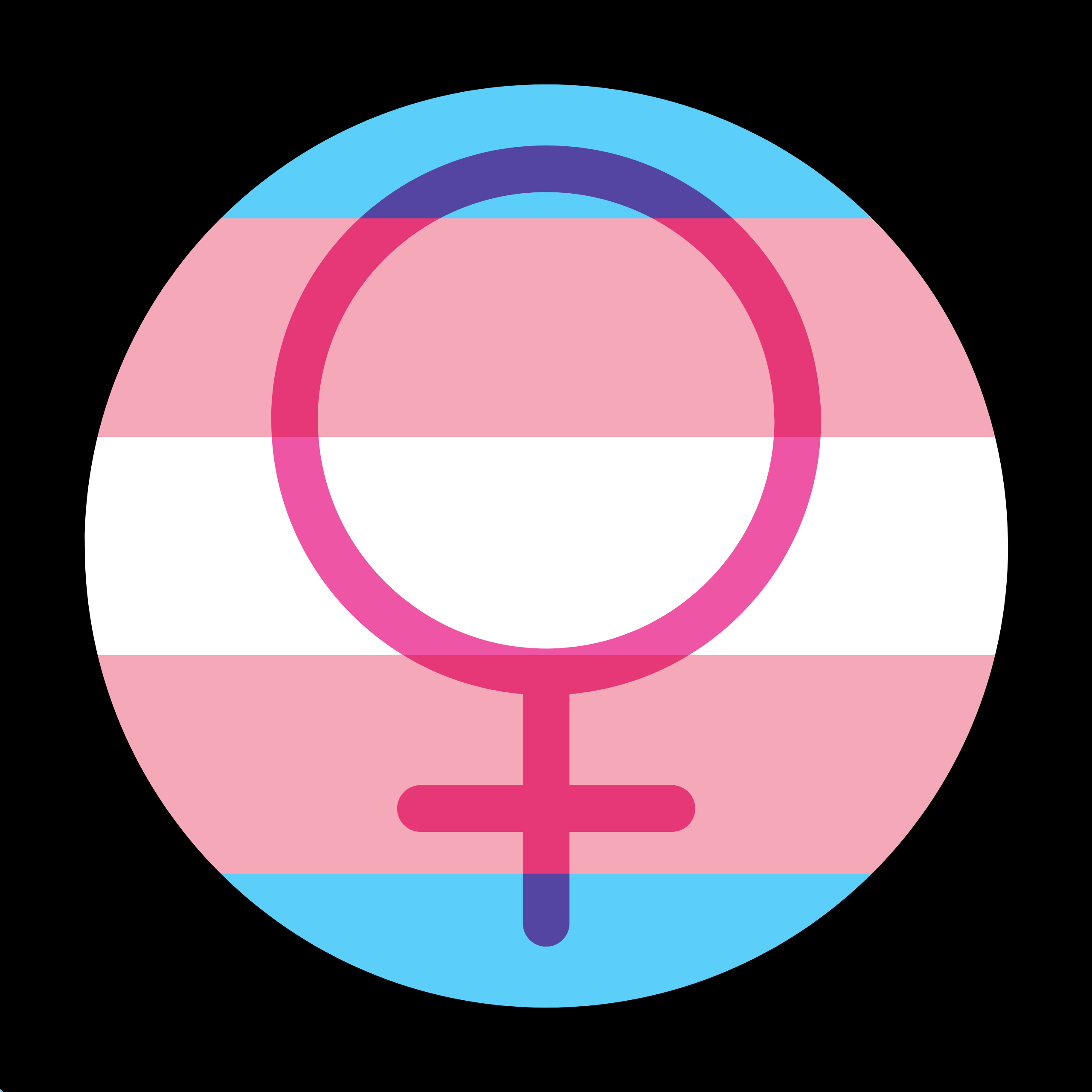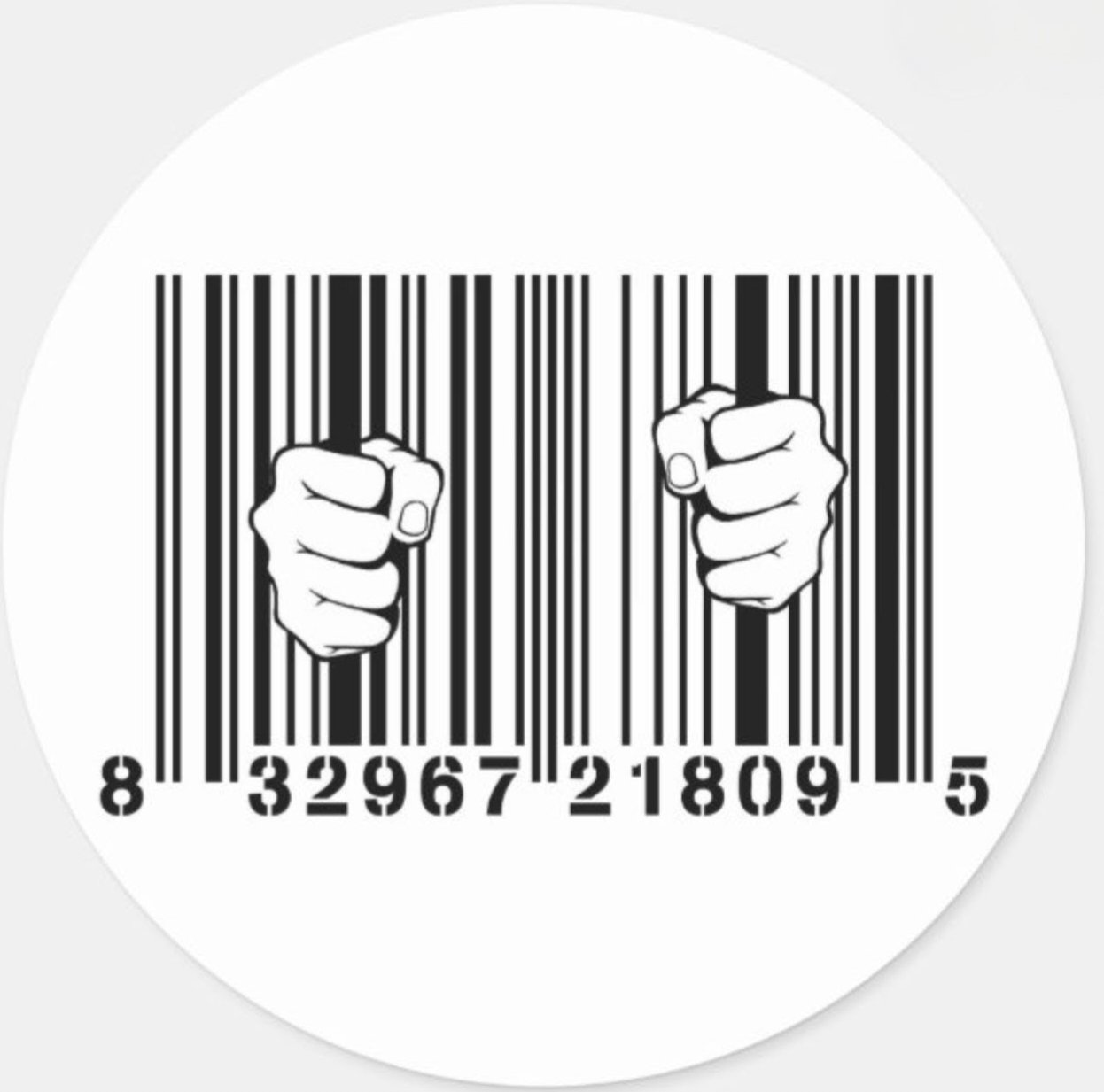

Samuel Tunick, is described as a local Atlanta activist
not a visitor
There is no record of this bio


Samuel Tunick, is described as a local Atlanta activist
not a visitor


Why does every search engine look exactly the same, and push the exact same AI chat feature, and have identical options for filtering arranged in out in the exact same order in the exact same location.
I think there’s only one search engine.
Yes, but only if I miss or delay a dose. I take sublingual pills every 12 hours. When I take them on schedule things feel normal. If I forget to take them, I start to feel uncomfortable around 1h30m to 2h later. I become anxious and uncomfortably hot. I feel relief at that point because taking the late dose stops some specific unpleasant feelings.
In response to your questions, I don’t think feelings are an accurate way to assess dosages. You have no way to consciously feel your own hormone levels directly. Every feeling reported in this thread is a second or third order effect of the hormones which is neither precise nor timely.


Congratulations! I’m incredibly happy for you!


I started HRT about a year ago, so the experience is somewhat fresh in the mind. The main thing I would say is don’t expect to feel much in just two weeks. The effects are cumulative, and take time to do much of anything.
It doesn’t really feel different to be on estrogen. You can’t actively feel your own hormone levels. The HRT made my brain feel much happier, but normal. Things just continued to feel normal, but a better normal. Even a new and good normal still feels like normal in the moment.
Since you’re doing a short trial to see how your brain feels, take notes. Write a journal/diary, and have a close friend you talk to about how you’re feeling. That perspective will help track mental changes.
Also have warm clothes close by. Women carry body heat in their cores at the expense of the extremities. HRT causes this in trans women too! You will probably feel colder than you expect, especially this time a year. Keep warm gloves, and cozy socks nearby.
Enjoy the estrogen! I love to hear you report back with your experience.


Yes, its a deliberate choice.
Dishonored is a descendant of the looking glass studio, 0451 immersive sim games, such as Deus Ex. These are games have flexibility, they let you choose how you approach. You can fight, or you can sneak, or you can do both. The game succeeds on this goal, as you can have a very satisfying time with the combat or the stealth, and you can do both. You can fight your way out of failing to sneak.
The morality system gives the game reactions to your actions, gives your choices an effect outside of the level you’re currently on. It does encourage a specific play style but that is deliberate. The outsider is a malevolent force, who doesn’t care for this world. He gives you these powers that come with a cost. Getting the good ending requires to resist the temptation. That’s the point.


I’ve been on HRT 1 year, and haven’t yet felt any interest in men. I don’t think changes in orientation are a thing, at least I haven’t experienced it.


I have no advice, but sympathy. I know what this feels like, and wish you the best. Though I have not yet felt pregnancy dysphoria specifically, I have felt like I’m missing a core part of womanhood by not having periods. And I personally know the sting of invalidation when someone says you shouldn’t want an experience because it’s unpleasant.
Take care <3


I love the outfit, but those shoes especially!


Men achieve erections while unconscious regularly. Its part of the sleep cycle. Regular maintainace, keeps things functional for when needed. That’s why morning wood is a thing.
HRT stopped this for me, which is wonderful. Having a massive erection ruins a girl’s day right from the very beginning.


Just tell her. Don’t overthink it. You don’t need to weave it gracefully into conversation. You don’t need to find the right moment. Since she’s out now, there was a point when she wasn’t. She’ll understand. You got this girl!


Yay! I happy for you congratulations!!!
handwriting envy…


You should find a healthier coping strategy. What exactly is driving you to go somewhere you know will make you feel worse?
I only go to reddit for content. Its works as a normie link aggravator. It also is good for finding local news and stories because Lemmy communities for individual cities are empty.
Admittedly I usually only go there after I’ve doomscrolled past everything new on lemmy. Not the most mentally healthy practice, but what you describe sounds worse.
Stop actively seeking out harm. You deserve better than to treat yourself this way.


❤️❤️❤️❤️ no advice only sympathy ❤️❤️❤️❤️ I know how it feels ❤️❤️❤️❤️


Because the purpose of a CEO is wealth transfer. Controlling the company is purely incidental.


oooh this looks awful


sorry
so says the lemmy world user


✨ yay! I’m so happy for you ✨ Estrogen!!!
I doubt it. It took 5 years to build the first 515 km Shinkansen line, in Japan. A coast to coast railway is a major project. 1 year is not a reasonable timeframe. Infrastructure is slow to build.
It took 5 years of construction to open the south east TGV line, 7 years to complete it.
It took 24 years to construct I-90 from coast to coast, and that’s with most of the east coast segments being preexisting toll roads.
All major Infrastructure projects are slow. Your timeline is not realistic.